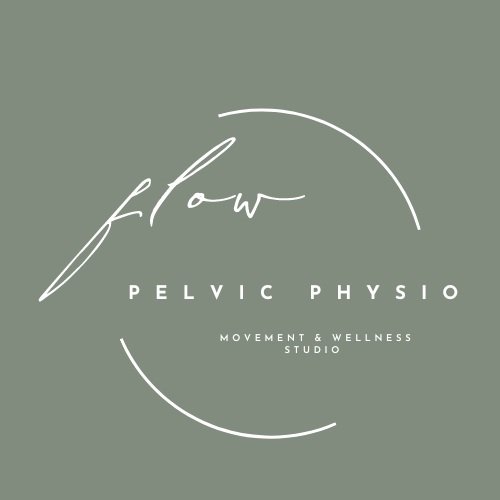Pelvic Girdle Pain, a pain in the butt!
Nearly half of all pregnant women will experience pregnancy related pelvic girdle pain (PrPGP) at some point in their prenatal journey.
During this time a woman’s body goes through rapid changes and growth including:
Postural changes
Hormonal changes which cause softening of the pelvic ligaments
Increased pressure on the pelvic joints, ligaments and muscles
Pain is usually experienced between the top of the hip and the bottom of the glutes (butt cheek!) and commonly this affects the pubic bone (public symphysis) and the SIJ at the back of your pelvis (sacroiliac joint).
Your physiotherapist can complete a thorough assessment and treatment to help manage your pain.
Management options include:
Massage and myofascial release
Taping & support garments (belts and leggings)
Appropriate exercise (strengthening and stretching)
Activity modification
Education and awareness
Postural correction
Footwear advice
Things you can do to help reduce symptoms:
- Imagine you are wearing a mini skirt, try to keep your legs together as much as possible i.e in and out of the car, in and out of bed, sit down to get dressed/undressed
- Ice packs over pubic bone or SIJ (dimples in lower back) approx. 15 mins at a time, (towel between the ice and your skin to prevent ice burn)
- Compression garments such as leggings or belts as fitted by your physio
- Keep exercise symmetrical and double leg (I.e squats instead of lunges)
- Avoid stairs and hill walking
- Reduce step length
- Wear supportive shoes
- Perform pelvic stretching and strengthening exercises as instructed by your physio
If pelvic girdle pain is limiting your daily activities, we recommend booking a physio appointment where we can thoroughly assess and treat your symptoms.
References:
Ceprnja, D., Chipchase, L., Fahey, P., Liamputtong, P. & Gupta, A (2022). Prevalence and Factors Associated with Pelvic Girdle Pain During Pregnancy in Australian Women: A Cross-Sectional Study. Spine, 15;46(14):944-949
Starzec-Proserpio, M., Lipa, D., Szymański, J., Szymańska, A., Kajdy, A. & Baranowska, B. (2022). Association Among Pelvic Girdle Pain, Diastasis Recti Abdominis, Pubic Symphysis Width, and Pain Catastrophizing: A Matched Case-Control Study. Phys Ther. 102(4):pzab311.
***Disclaimer: Blog is for general education only, please seek an individualised assessment and treatment plan with a pelvic health physio


